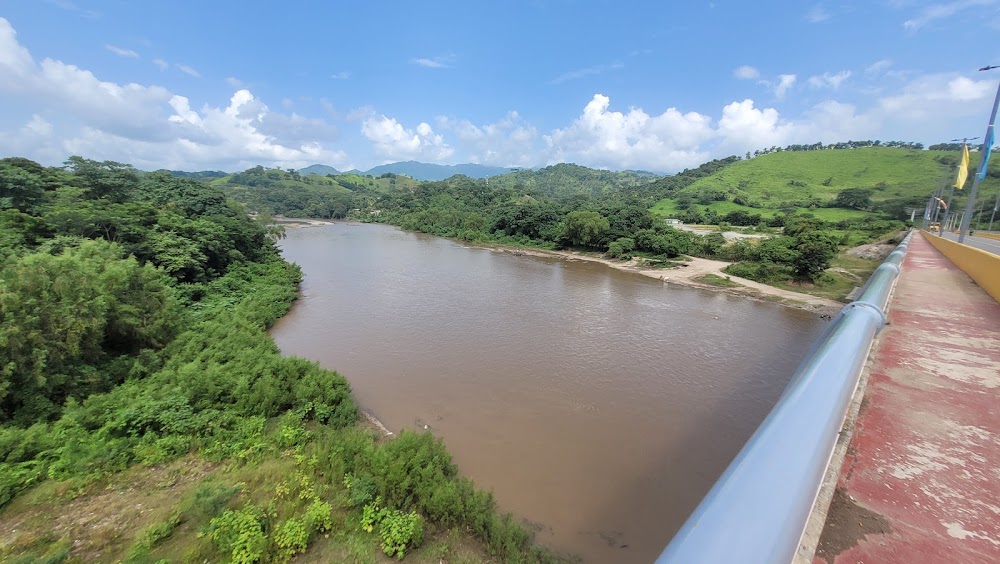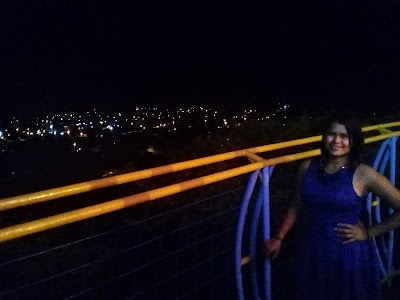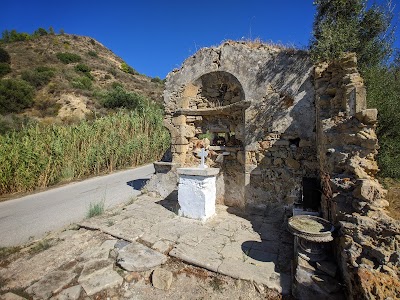Wiwilí Bridge (Puente de Wiwilí)
Overview
The Wiwilí Bridge, a striking landmark in the Nueva Segovia region of Nicaragua, embodies a story of perseverance, innovative engineering, and communal spirit. This remarkable structure serves as a vital connection over the Coco River, a natural barrier that once isolated the people of Wiwilí from the broader community of Nueva Segovia. The need for this bridge arose from the challenges faced during the rainy season when the river swelled, making crossings perilous and often impossible.
The journey to construct the Wiwilí Bridge began in the mid-20th century, driven by the region's desire for enhanced connectivity. Engineers undertook extensive research, analyzing the river's depth, current strength, and seasonal changes to ensure the bridge's safety and longevity. A collaborative effort brought together top engineers and architects, tasked with designing a robust structure capable of withstanding the forces of nature and the anticipated high traffic.
Funding for the bridge emerged as a collective endeavor. The Nicaraguan government allocated a budget, but local businesses, international aid organizations, and numerous individuals also contributed. This collaborative funding approach not only secured the necessary financial resources but also cultivated a profound sense of community ownership and pride, turning the bridge into a symbol of regional progress.
Construction commenced with the establishment of strong, deep foundations, which anchored the bridge securely to the riverbed. Engineers opted for reinforced concrete and steel, ensuring the structure would endure both the river's relentless force and the test of time. Workers dedicated themselves tirelessly to the project, often facing challenging conditions, all in pursuit of creating a reliable and permanent crossing.
The design of the Wiwilí Bridge is a harmonious blend of functionality and aesthetic appeal. Featuring a series of graceful arches, the structure not only distributes weight evenly but also adds an elegant symmetry to its appearance. Each arch was crafted with precision, incorporating steel cables and reinforcements for added support. The smooth roadbed that followed offers a safe passage for both vehicles and pedestrians, enhancing the bridge's practicality.
Throughout the construction, the local community played an integral role. Many residents contributed their labor, understanding that this bridge would not only usher in economic benefits but also improve their daily lives by simplifying travel and granting access to medical and educational facilities. This involvement fostered a deep emotional connection between the bridge and the people it served, cementing its status as a community asset.
Upon its completion, the bridge was inaugurated with a grand opening ceremony, attended by local dignitaries, engineers, and community members. Speeches celebrated the collaborative effort, hard work, and the hope the bridge represented for a brighter future. Local children were among the first to cross, their joyous laughter echoing the significance of this momentous occasion.
Since opening, the Wiwilí Bridge has transcended its original purpose, becoming a cherished symbol of Nueva Segovia. It stands as a testament to the achievements realized when a community unites around a shared vision. Over the years, the bridge has required maintenance and updates to meet growing traffic demands and modern safety standards, yet its foundational structure remains a paragon of thoughtful engineering.
In essence, the Wiwilí Bridge is more than just a river crossing; it is a symbol of connection, both physically across the Coco River and socially within the community. It marks a pivotal milestone in the development of Nueva Segovia, highlighting a period of growth and advancement driven by unity and collaborative effort.








